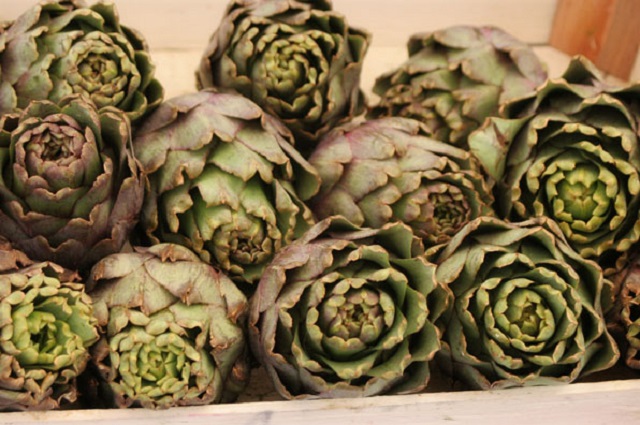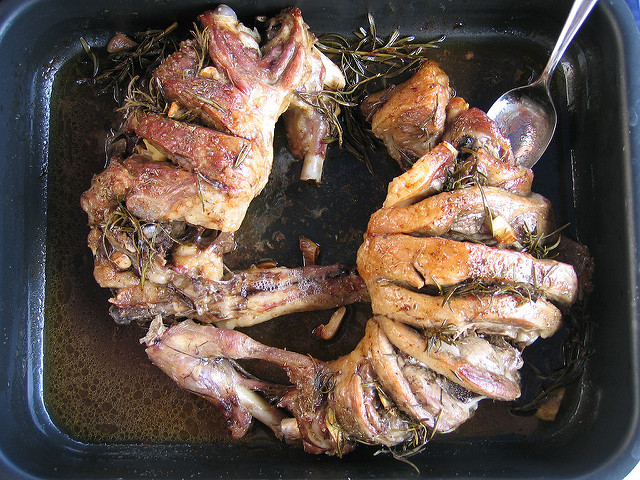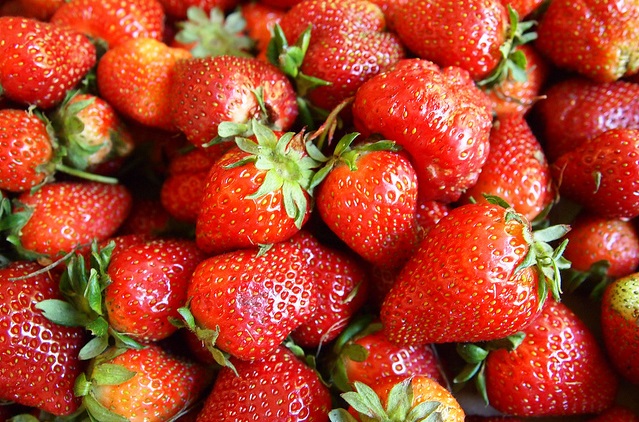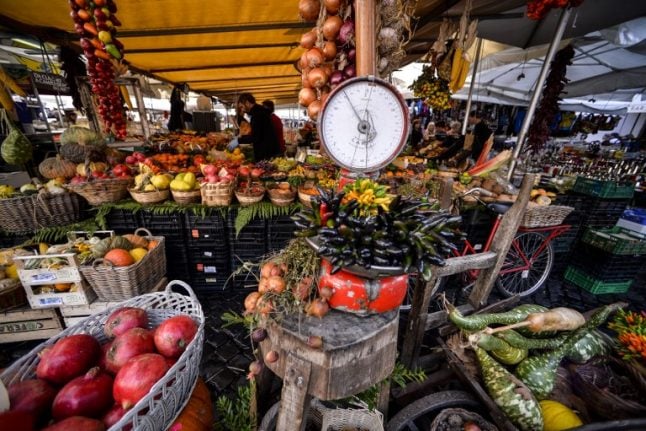While tourists tend to pick the same classic pizza or pasta dishes year-round in Rome, the best flavours can be found by eating with the seasons, and pinpointing the right foods for the month.
Look out for daily or seasonal specials in restaurants for an idea of what to try, and make sure to sample the following springtime specialities.
1. Vignarola
Start with vignarola, a typically Roman dish that combines peas, fava beans, lettuce and artichokes. This vegetable stew is full of flavour and you'll find different opinions as to the best way of making it. Why not try a few and decide for yourself?
2. Carciofi Romanesco
Artichokes are the springtime star of Roman menus, with plenty of different versions, stuffed, braised or fried. Katie Parla advises ordering carciofi romanesco, artichokes cooked the Roman way and farmed locally in the Lazio region.
“There are a lot of other types or artichokes which come from Puglia, Sardinia and Sicily, which are sometimes passed off as Roman artichokes,” she says.
Whichever region’s artichokes end up on your plate they’re in season until May, giving food lovers ample time to sample some of the countless thistle dishes.
 Photo: Maggie Hoffmann/Flickr
Photo: Maggie Hoffmann/Flickr
3. Asparagus
Artichokes do, however, have a springtime rival in asparagus, which again is served a multitude of ways – boiled or roasted as a side dish, or added to risottos, pasta or even pizza.
“We start to see wild asparagus surfacing by late March or early April. It’s very expensive because it’s hand foraged,” Parla says, recommending a serving with fresh pasta. It goes especially well with creamy sauces such as carbonara.
 Photo: yoppy/Flickr
Photo: yoppy/Flickr
4. Abbacchio
As well as all the delicious vegetables in season during the spring months, there are also options for carnivores.
“The absolutely typical dish of Roman spring is abbacchio, suckling lamb. In Rome you can find this served a number of ways; lamb chops, grilled, roasted,” Parla says.
Diners should look out for abbacchio from Agro Romano, an agricultural area just outside of Rome.
 Photo: Masolino/Flickr
Photo: Masolino/Flickr
4. Everything strawberry
Tiny strawberries will soon begin appearing in Rome, to the delight of sweet-toothed locals and visitors.
Enthusiasts should head to Nemi, a village south-east of the city, for the annual strawberry festival. For those left behind in Rome, Parla suggests sampling the “delicious and intense” strawberry gelato.
 Photo: Fried Dough/Flickr
Photo: Fried Dough/Flickr
5. Colomba
Forget chocolate eggs, in Italy the foodie's dessert of choice is the colomba.
This Easter cake is similar to the Italian Christmas offering, panettone, but is baked in the shape of a dove or sometimes a cross. The dove can be seen as a religious symbol, heralding peace between God and man – or simply a sign of the arrival of spring.
Traditionally the cake is topped with pearled sugar and almonds but plenty of bakeries cook up their own varieties such as chocolate or fruit-topped desserts.
 Photo: N i c o la/Flickr
Photo: N i c o la/Flickr
6. Pizzarelle
One unmissable spring treat remains, tucked away in Rome’s Jewish quarter.
“Something that’s only made in Rome for a very short time is pizzarelle, for Passover,” Parla says.
The soft combination of pine nuts, candied fruits, honey and other sweets ingredients is deep fried and served up at Boccione Il Forno, the Jewish bakery, for just a few days each year.
Katie Parla is a Rome-based food and beverage educator and journalist.
A version of this article was first published in February 2015.




 Please whitelist us to continue reading.
Please whitelist us to continue reading.
Member comments